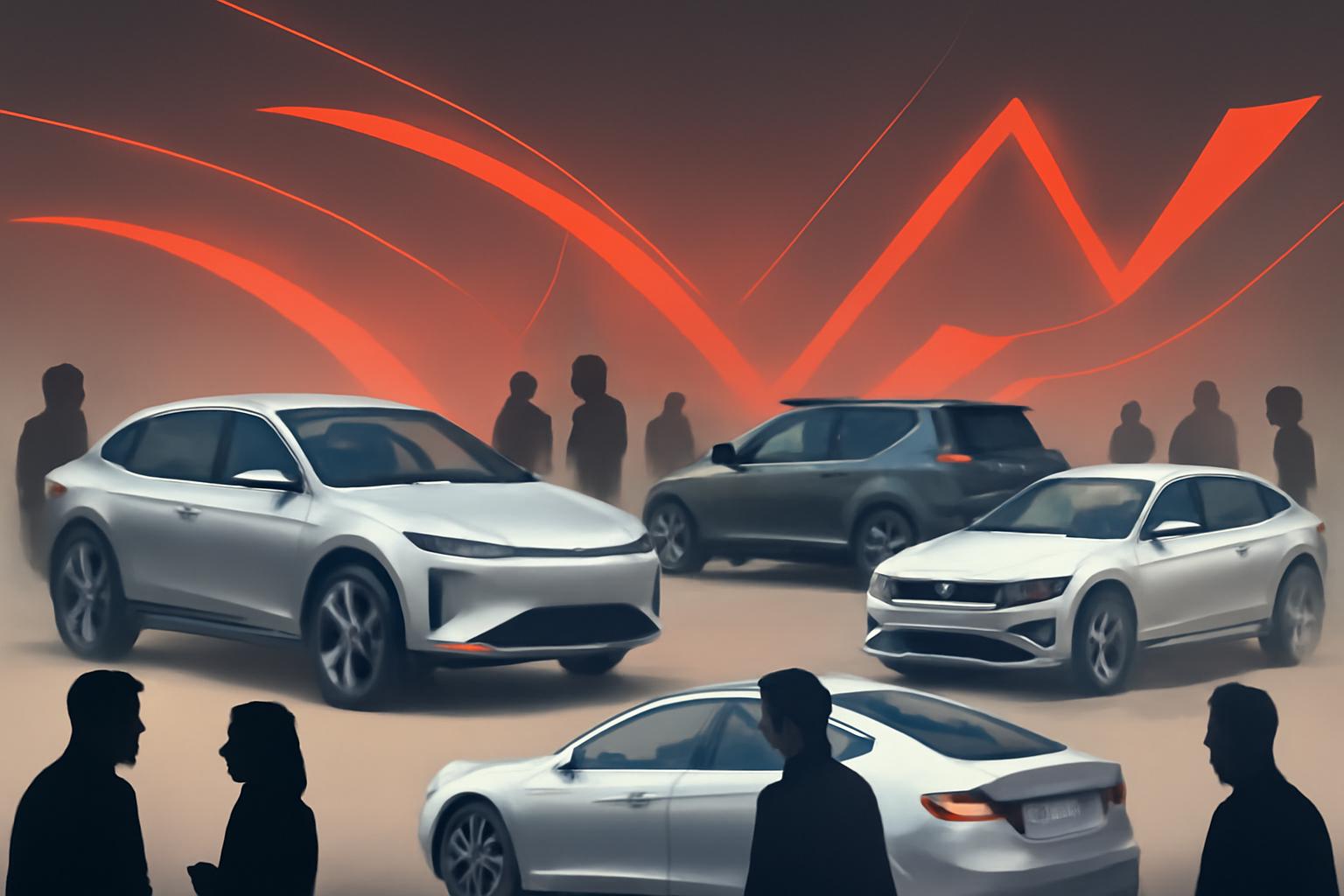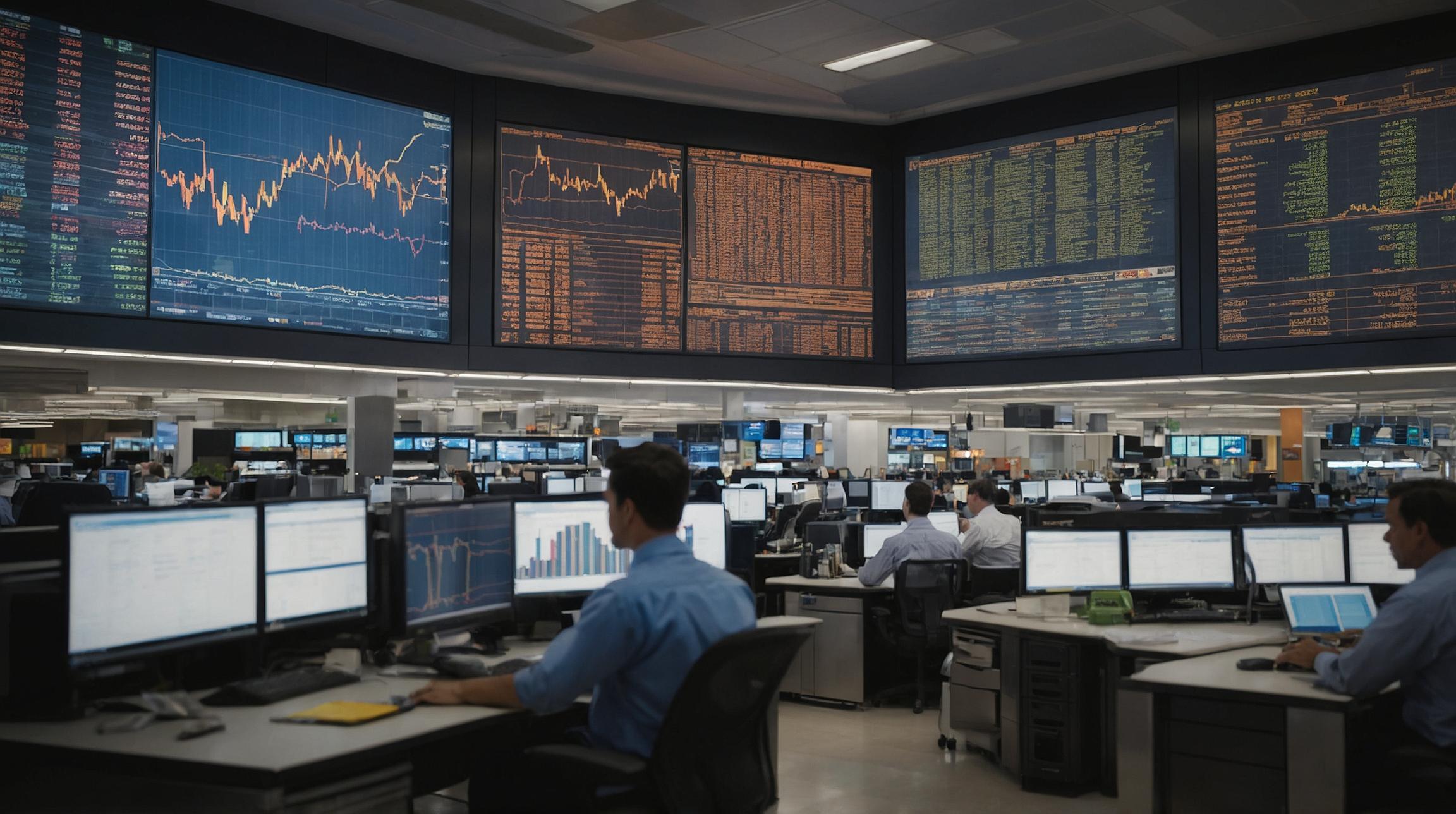Chinese EV Makers Make Bold Moves at IAA Mobility in Munich
The IAA Mobility conference held in Munich this week, a key event in the European automotive calendar, highlighted the rising presence of Chinese electric vehicle (EV) manufacturers challenging established European brands on their home turf. Chinese companies presented some of the largest and most technologically advanced displays, signaling their intent to expand aggressively beyond the domestic market.
Ambitious Expansion Plans Target Europe
Chinese EV firms view Europe as a critical battleground amid perceptions that traditional European automakers lag in electric vehicle innovation. Despite facing European Union tariffs, these companies are setting ambitious sales targets. Xpeng CEO He Xiaopeng revealed plans to introduce the mass-market Mona series in Europe next year, with models priced competitively at under $17,000 equivalent in China, promising significant price disruption.
Guangzhou Automobile Group (GAC) also announced rapid growth objectives, aiming to sell approximately 3,000 vehicles in Europe in 2025 and scaling to 50,000 units by 2027. GAC’s European lineup includes the Aion V and Aion UT models, both showcased at IAA. Leapmotor, another Chinese EV maker, maintained a visible presence at the event as well.
Early Market Penetration and Growing Share
Data from Jato Dynamics indicates that Chinese EV market share in Europe nearly doubled in the first half of 2025 compared to the same period in 2024, albeit remaining modest at just over 5%. Industry analyst Murtuza Ali of Counterpoint Research interprets the strong showing of Chinese brands at IAA as evidence of their growing confidence and market ambitions in Europe.
Technology and Differentiation Strategies
Chinese electric carmakers are positioning themselves as tech-forward companies, drawing parallels to Tesla’s approach. Their vehicles often feature expansive digital interfaces, voice assistants, and unique amenities designed to attract consumers. For instance, GAC’s Aion V includes a refrigerator and massage seating, distinguishing itself from traditional European offerings.
Counterpoint’s Ali highlights affordability, battery technology, and production scale as key advantages Chinese firms hold over legacy automakers, bolstering their chances of success in Europe.
European Automakers Respond but Face Challenges
Legacy European manufacturers like Volkswagen, BMW, and Mercedes countered with prominent displays emphasizing new electric models and advanced technology. BMW unveiled its “superbrain architecture,” a centralized computing system enhancing vehicle software, and introduced the iX3 at the show. Collaborations with chipmaker Qualcomm to develop assisted driving software further underscore European efforts to innovate.
Volkswagen and Renault also revealed new EV models, asserting their commitment to electrification. However, some experts remain critical of the pace at which European automakers are advancing. Tammy Madsen, management professor at Santa Clara University, noted that BMW’s reliance on platforms introduced two years ago reflects a cautious approach that may hinder competitiveness against rapidly evolving Chinese rivals.
Outlook for the European EV Market
European automakers benefit from strong brand loyalty and legacy value, but face mounting pressure to scale production and accelerate technology adoption. Counterpoint Research’s Murtuza Ali observed that while European brands continue to hold significant market presence, Chinese manufacturers are making decisive gains through faster product launches and competitive pricing.
The competition is intensifying as Chinese EV players do not appear to be waiting for incumbents to catch up, signaling a transformative period ahead for the European automotive landscape.
FinOracleAI — Market View
The entrance of Chinese EV manufacturers into Europe with aggressive pricing, innovative technology, and ambitious sales targets is likely to disrupt the traditional market dynamics. Legacy European automakers face risks from slower product cycles and incremental innovation strategies, which may hamper their ability to maintain market share. Investors should monitor Chinese firms’ ability to scale production and navigate regulatory challenges, as well as European incumbents’ responses in accelerating EV development and technology adoption.
Impact: negative













